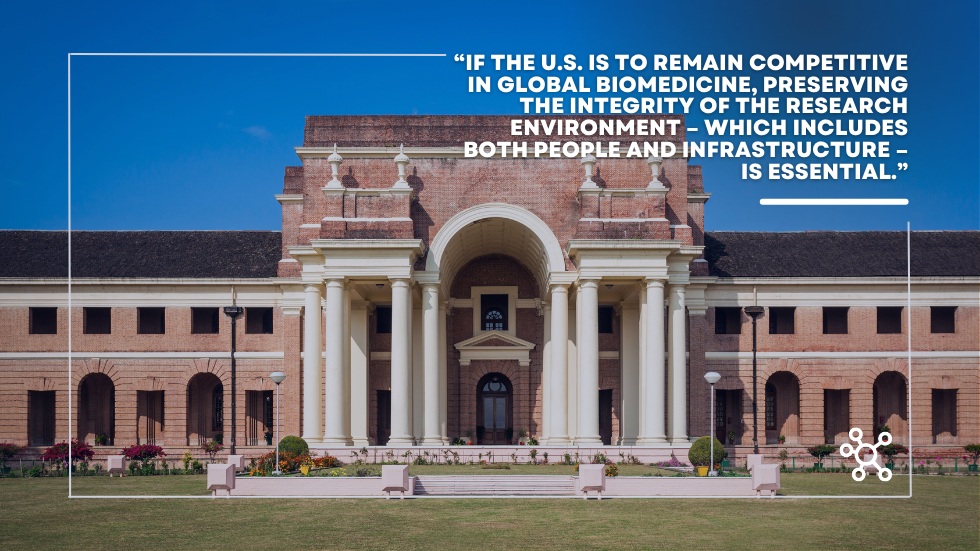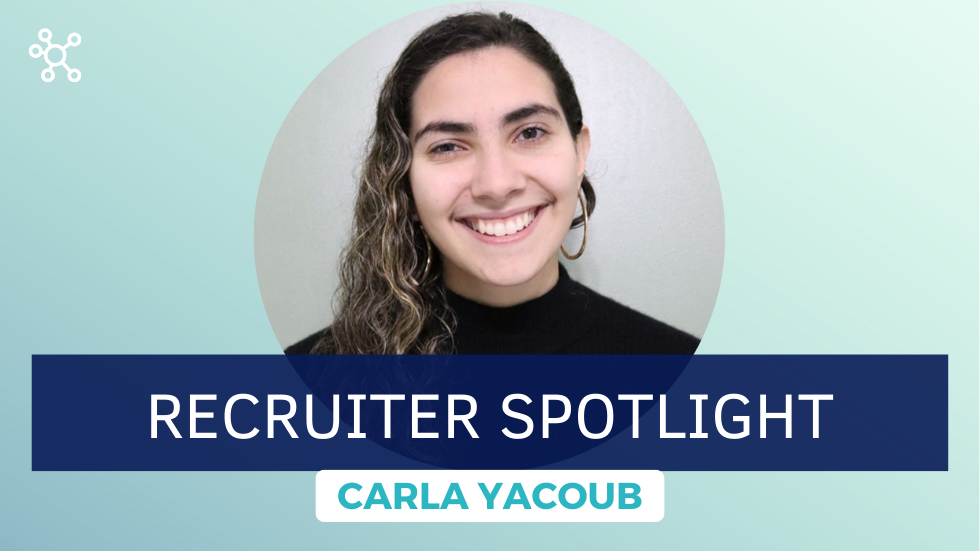Author: Cliff Mintz
Looking for a new job can be an overwhelming and daunting experience. A vital first step in any job search is the creation of a carefully constructed and well-crafted resume or curriculum vitae (CV). While there are clear distinctions between resumes and CVs—the former is a one-to-two-page document whereas a CV has no page limit—the CV is the preferred document for life scientists. This is mainly because the shortened resume format doesn’t provide scientists with enough space to adequately explain their training, accomplishments and research interests to prospective employers. However, for non-scientists jobs like administrative assistants, pharmaceutical operators, and data entry professional resumes are preferred.
Too often, inexperienced job seekers will hastily craft resumes without paying much attention to format, style, content or grammar; and then wonder why they are not landing job interviews. The purpose of this article is to provide some advice and tips to help life scientists improve their resume writing skills. The terms resume and CV will be used interchangeably; but most of my remarks are mainly directed at crafting CVs.
Formatting and Resume Writing Tips
Open, uncluttered and less densely-written CVs are visually appealing and more likely to be read by hiring managers. This is because these individuals scan hundreds (sometimes thousands) of resumes daily and unless an applicant’s qualifications, skill sets and personal attributes “jump off the paper”—and are easily discerned in 60 second or less—the likelihood of a face-to-face job interview is remote.
Short descriptive and succinctly-crafted phrases are the best way for employers to quickly ascertain whether a job applicant is qualified (bullets are option). Avoid using paragraphs because they are dense and sometimes difficult for hiring managers to navigate and interpret.
Finally, powerful, action-oriented verbs and adjectives tend to evoke strong, positive impressions. The use of action verbs and superlative suggest that a job applicant is confident, self assured and has a “can do” attitude. Unfortunately, scientists usually don’t excel in this area but it is essential to be successful in a job search.
Constructing a CV
Generally speaking, there can be as many as eight different sections for resume writing.
1. Summary of Qualifications
The Summary of Qualifications or candidate profile is the first section of a CV that a hiring manager will see. It represents the best opportunity for a candidate to convince a prospective employer that she/he may be the right person for the “job” It should not be longer than 4 to 5 lines and must be peppered with key words (gleaned from job ads). Many organizations use software programs to screen CVs for key words and if they are absent the likelihood of employment for a job candidate is low.
2. Professional Experience
The Professional Experience section lists a candidate’s work experiences in reverse chronological order (most recent to past). Three to four short descriptive phrases that detail a candidate’s professional experiences while holding each position is generally sufficient.
3. Professional Activities
Professional activities include things that are related but not part of a person’s official job responsibilities. Examples include, consulting, editorial duties, committee memberships etc.
4. Education
Education credentials generally begin with the lowest degree first (associate or bachelor) and end with the most advanced degree or educational experience, e.g. postdoctoral fellowships or professional school. The name and location of the institution that awarded the degree and major area of study ought to be listed with each entry (Fig 1). PhD and masters’ theses title or a brief description of a research project (postdoctoral fellows) may also be included. It is perfectly reasonable to list the names of PhD mentors or postdoctoral advisors associated with PhD and postdoctoral training.
It is not necessary to list the dates that degrees were awarded. While this may not be a bad thing for entry level employees, it may hinder more experienced job seekers from securing new positions because of age discrimination.
5. Award & Honors
Awards and honors include any official recognition for outstanding service or accomplishments and include dean’s list, travel awards, scholarships etc.
6. Professional Affiliations
Membership in professional societies, organizations or clubs should be listed in a separate section entitled Society Membership and Professional Affiliations (Fig. 1).
7. Other Skills
When appropriate, it is okay to list (in a separate section) any extracurricular activities or specialized skills related to the job that may increase a candidate’s competitiveness.
8. Publications
All of a candidate’s authored publications should be listed on the last page of a CV in the in this section. Usually, this section is divided into three subsections: 1) Peer-reviewed papers; 2) Chapters, Books and Reviews; and 3) Oral and Poster Presentations (Fig. 1). Early career scientists need not include all of the categories if they lack the appropriate publications. Likewise, midcareer scientists may consider not listing oral and poster presentations. Publications ought to be numbered and it is appropriate to list papers that are “in press.” Manuscripts that are submitted should not be included.
As a rule of thumb, never send references to prospective employers unless they specifically ask for them. Simply indicate on the resume (usually immediately before the publications section; Fig 1) that references are “available upon request.” However, for most academic jobs it is customary for an applicant to send references at part of the original application package. For industrial jobs, references are generally not requested unless an employer is interested in moving forward with a possible job offer.
Tailoring Resume Writing
To be competitive, job candidates must routinely tweak and modify their resume writing to meet individual job requirements. One convenient way to tailor a CV to a specific job, is to read the job ads created for the opportunity. Employers always list the skills, qualifications and experience that will be required by the successful applicant (typically what is mentioned first is most important). Once identified, a resume ought to be modified with keywords to show that a candidate possesses all or most of the job qualifications and requirements.
Finally, keeping a resume current is vitally important. Resumes that are not fully up-to-date may suggest that a candidate is lazy or not interested in a particular job. Also, some job opportunities may appear quickly and the time required to update an out-of-date resume may prevent a candidate from competing for a job.





